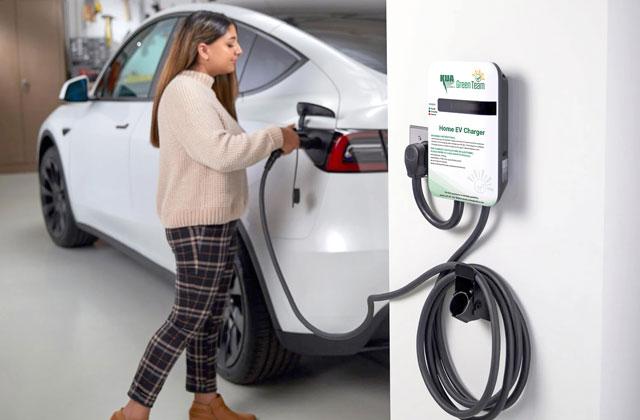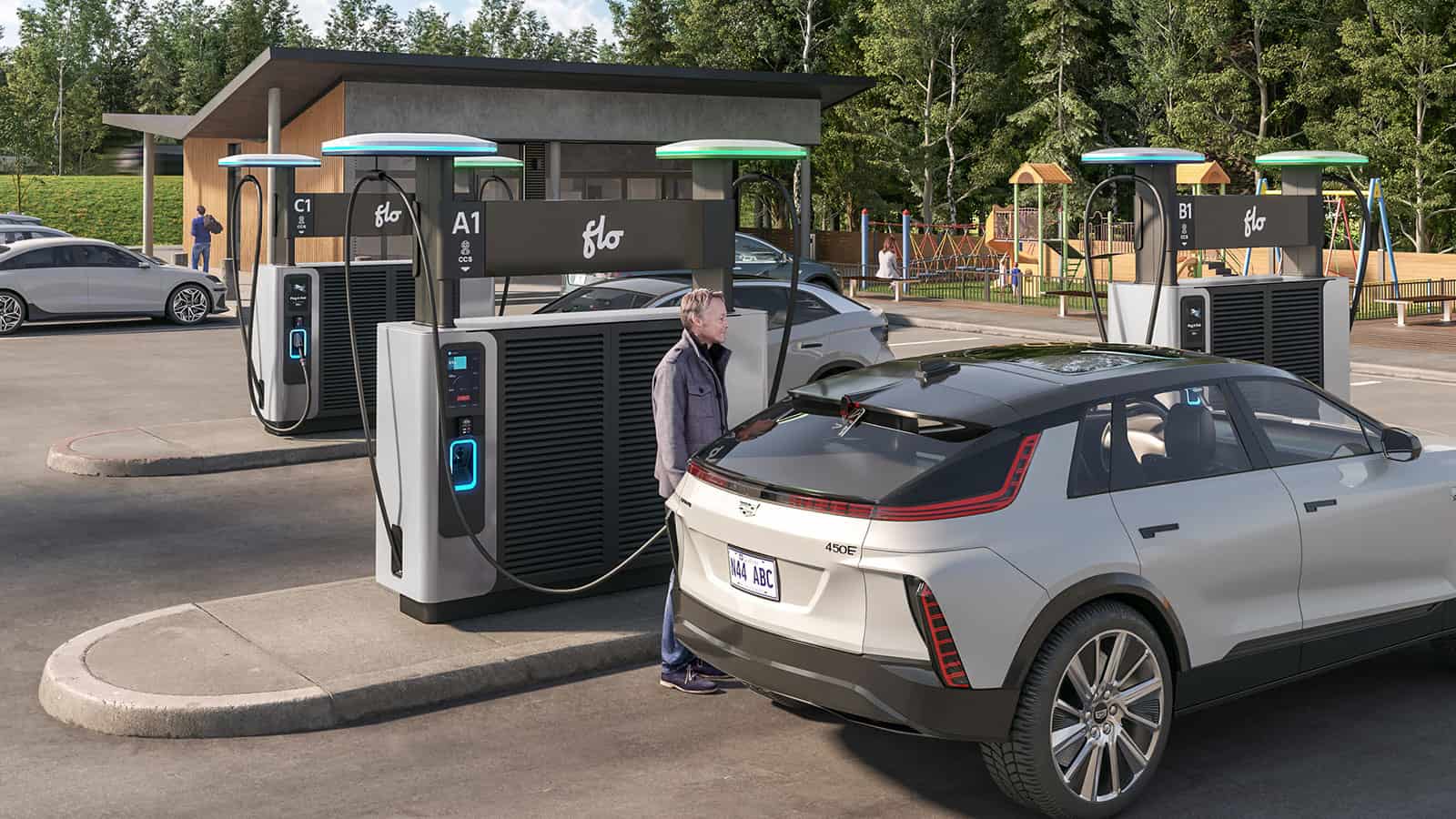Leading EV Charging Information: Secret Updates on Framework and Development

Current Advancements in Fast-Charging Innovation

Furthermore, innovations in battery innovation, consisting of enhanced thermal management systems and greater energy thickness batteries, enhance fast-charging capacities. These growths minimize the danger of battery degradation throughout fast charging, making sure long life and efficiency for EV proprietors.
Additionally, the assimilation of wise charging options is boosting user experience, making it possible for real-time tracking and vibrant pricing models. EV Charging news. This versatility allows chauffeurs to maximize charging prices and times based on grid demand
As car manufacturers continue to buy fast-charging networks, the cooperation between market stakeholders is crucial. Collaborations between billing station suppliers and automotive suppliers are leading the means for considerable protection, eventually cultivating a much more robust EV ecosystem. These innovations are pivotal in sustaining the shift to lasting transportation.
Federal Government Efforts for Charging Development
Federal government campaigns play a critical role in the development of electrical automobile (EV) charging facilities, helping with the shift to lasting transportation. Numerous federal and state programs are being implemented to boost billing availability, reduce the monetary worry on consumers, and promote the adoption of electrical vehicles.
Significantly, the united state government has designated substantial financing via the Infrastructure Investment and Jobs Act, which earmarks $7.5 billion for EV billing network advancement across the country. This funding is focused on deploying thousands of brand-new billing stations, specifically in underserved locations, thus addressing variety stress and anxiety among possible EV purchasers.
Additionally, many states are enacting regulation to enhance the permitting procedure for billing terminal setups, which is important for accelerating release. Motivations such as tax obligation credit ratings and discounts for both consumers and organizations are likewise being presented to encourage the setup of charging facilities.
Furthermore, public-private collaborations are progressively coming to be a focus, leveraging personal investment to enhance government financing. These campaigns underscore a joint approach necessary for building a effective and detailed EV billing network, ultimately adding to a greener and more sustainable future.
Innovative Battery Solutions Enhancing Effectiveness
Revolutionizing the landscape of electric automobile (EV) innovation, innovative battery solutions are significantly boosting performance and efficiency. Developments in battery chemistry, particularly with lithium-sulfur and solid-state batteries, are causing boosted power density, which enables longer arrays and faster charging times. These brand-new battery kinds have the potential to exceed typical lithium-ion batteries by supplying higher abilities while reducing weight, therefore boosting overall automobile efficiency.
Additionally, growths in battery monitoring systems (BMS) are maximizing energy usage and extending battery look at this web-site life expectancy. Smart formulas keep track of battery health and wellness and efficiency, allowing real-time modifications to billing and releasing processes. This not just boosts the effectiveness of the battery but additionally makes certain a much more lasting and reliable power resource for EVs.
Moreover, the combination of recycling technologies is addressing the ecological influence of battery production and disposal. Technologies in second-life applications for EV batteries are promoting their use in energy storage space systems, adding to a circular economy.
As these cutting-edge battery remedies remain to progress, they promise to change the EV market, making electrical vehicles extra obtainable and appealing to a broader audience while supporting global sustainability goals.

Collaboration Between Automakers and Charging Networks
Recognizing the important need for a robust charging facilities, automakers are progressively working together with billing network carriers to enhance the EV ownership experience (EV Charging news). These partnerships intend to produce a smooth charging environment that benefits consumers and supports the shift to electrical automobiles
Significant vehicle brands are joining forces with established billing networks to increase their charging terminal insurance coverage, making certain vehicle drivers have accessibility to trustworthy and convenient charging choices. As an example, partnerships with networks like ChargePoint and Electrify America allow car manufacturers to incorporate billing remedies straight into their vehicles' navigating systems, assisting individuals to the closest stations and giving real-time schedule updates.
Moreover, these cooperations typically result in the development of fast-charging innovations that substantially decrease the time needed to charge an EV. By merging sources and know-how, automakers and billing networks can innovate much faster, creating services that fulfill the growing demand for electrical movement.
Additionally, joint campaigns may additionally result in even more standardized charging methods, which can alleviate customer confusion and promote more comprehensive EV adoption. Generally, these strategic alliances are crucial in building a easy to use and reliable billing infrastructure that satisfies the demands of an expanding electric lorry market.
Challenges Dealing With EV Billing Framework
As the electric car market proceeds to expand, numerous obstacles are surfacing that impede the advancement of a thorough charging infrastructure. One of the main challenges is the not enough number of charging stations, particularly in rural and underserved use this link metropolitan areas. This space produces variety stress and anxiety among prospective EV purchasers, hindering them from making the button.
Additionally, the lack of standardization in billing modern technology makes complex the facilities landscape. Variants in plug types and charging speeds can develop confusion for users and raise functional complexities for charging network drivers.
One more pushing issue is the high price connected go to my site with the setup and maintenance of billing stations, which can be a barrier for both public entities and personal organizations. Regulatory difficulties and zoning restrictions can postpone the deployment of billing infrastructure, hampering progress in broadening important solutions. Dealing with these obstacles will be vital for fostering a robust EV ecological community that supports the transition to sustainable transport.
Verdict
Finally, the continuous innovations in EV charging modern technology, supported by substantial government initiatives and ingenious battery options, are crucial for the expansion and effectiveness of electric car facilities. Partnerships in between car manufacturers and billing providers even more improve station protection, resolving the expanding need for obtainable billing alternatives. Regardless of obstacles that linger within the EV billing landscape, these advancements symbolize a favorable trajectory towards a much more efficient and lasting electrical lorry environment.
Technologies in billing facilities have led to the development of ultra-fast chargers qualified of providing up to 350 kW of power, substantially decreasing charging times. Variations in plug kinds and billing speeds can create complication for individuals and enhance operational intricacies for charging network drivers.In final thought, the ongoing innovations in EV billing innovation, supported by substantial government initiatives and cutting-edge battery solutions, are essential for the growth and performance of electric vehicle framework. Partnerships between automakers and charging providers even more enhance station protection, resolving the growing need for available billing choices. Despite difficulties that persist within the EV billing landscape, these developments signify a positive trajectory in the direction of a more lasting and efficient electrical vehicle environment.